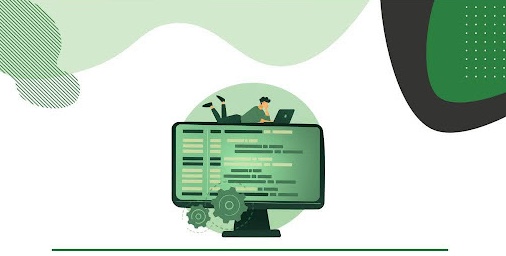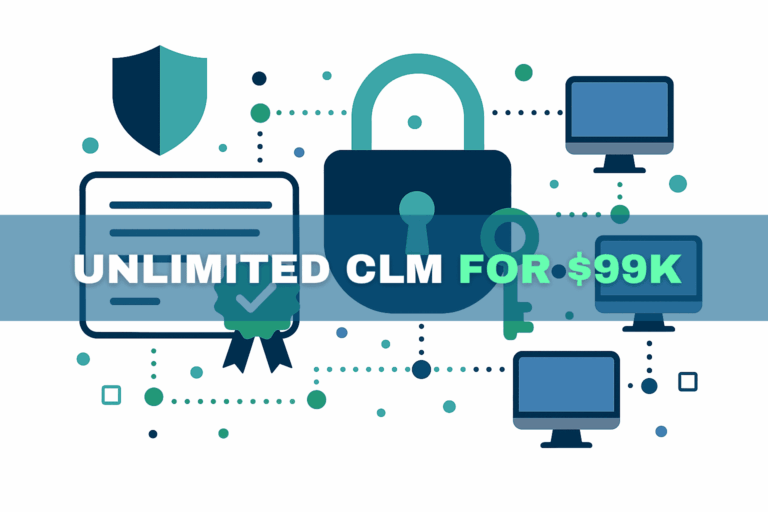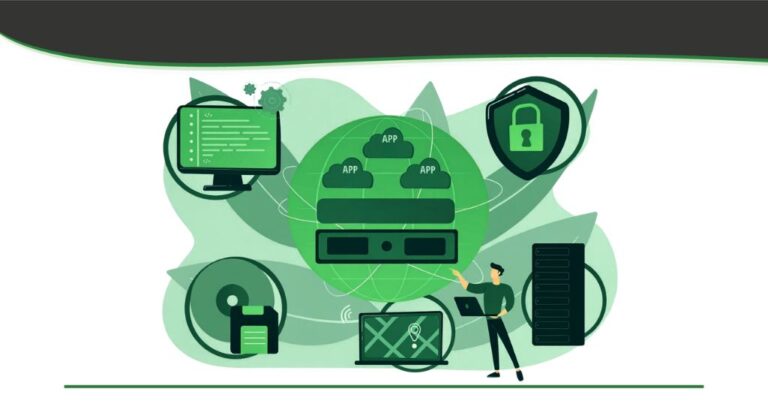In 2025, cyber threats are no longer just a concern for IT teams, they’re a boardroom priority. From ransomware attacks to nation-state espionage, organizations face relentless attempts to compromise their most valuable asset: data. And when that data is stored in a database, whether on-premises, in the cloud, or in a hybrid setup, it becomes an irresistible target for attackers.
That’s why database encryption has moved from being an optional security measure to a non-negotiable pillar of enterprise cybersecurity. But implementing it effectively requires a strategy that integrates with your broader security stack, including web application firewalls, data loss prevention, and identity and access management (IAM), while ensuring zero operational slowdown.
Why Database Encryption Matters Now More Than Ever
A data breach today isn’t just a technical incident, it’s a regulatory, reputational, and financial crisis. According to IBM’s 2024 Cost of a Data Breach Report, the global average cost hit $4.88 million, with compromised databases among the top breach vectors. Encryption acts as the last line of defense: even if attackers gain access to your database files, properly encrypted data is unreadable without the decryption keys.
The benefits go beyond protection:
- Regulatory Compliance: Many frameworks, from GDPR to HIPAA, explicitly require encryption of stored data.
- Risk Mitigation: Encrypting sensitive fields like PII, payment details, or intellectual property significantly reduces breach impact.
- Customer Trust: In an era of data-driven business, users expect robust privacy safeguards.
Types of Database Encryption
Not all encryption is created equal. The right approach depends on your performance needs, threat model, and compliance requirements:
- Transparent Database Encryption (TDE): Encrypts the entire database at the storage level, invisible to applications.
- Column-Level Encryption: Protects specific sensitive fields (like credit card numbers) without impacting the entire dataset.
- Application Layer Encryption: Encrypts data before it even reaches the database, ensuring the highest level of protection against API security threats and insider access.
The Role of Application Layer Encryption
Application layer encryption is gaining traction as a best practice for organizations handling sensitive data across multiple systems. By encrypting data directly within the application, before it’s sent to the database, it adds a powerful layer of defense against SQL injection attacks or compromised database credentials.
When combined with application security testing, organizations can proactively identify weak points in how data is handled, stored, and transmitted.
Beyond Encryption: A Holistic Database Security Strategy
Encryption is powerful, but it’s only part of the equation. A modern database security architecture should integrate:
- Web Application Firewalls (WAFs): Shield applications from malicious HTTP/S requests before they reach the database.
- Data Loss Prevention (DLP): Monitor and control data movement to prevent leaks from endpoints, cloud apps, and network traffic.
- Identity and Access Management (IAM): Ensure that only authorized users, and devices, can access encryption keys or database credentials.
- API Security: Protect APIs that interface with databases from abuse, exploitation, and unauthorized access.
Where GaraTrust Fits In
This is where Garantir and its flagship product, GaraTrust, stand out. Unlike conventional database encryption tools, GaraTrust’s client-side hashing architecture ensures private keys never leave secure storage. All cryptographic operations, whether for database encryption, code signing, or TLS, are performed in a way that preserves both security and performance.
Key advantages for database encryption with GaraTrust:
- Centralized Key Management: Eliminate key sprawl and ensure strict policy enforcement.
- Seamless Integration: Works across databases, applications, and DevOps pipelines without disrupting workflows.
- Performance at Scale: Client-side hashing means encryption operations remain lightning-fast.
Future-Proofing Against Tomorrow’s Threats
With the emergence of post-quantum cryptography, database encryption strategies must also evolve to withstand next-generation attacks. Proactive organizations are already planning migrations to quantum-resistant algorithms, ensuring that today’s encrypted data isn’t tomorrow’s open book.
Garantir is actively working with enterprises to prepare for this shift, ensuring that encryption systems deployed today will remain secure in the quantum era.
In 2025, database encryption isn’t just about locking down information, it’s about building a resilient, compliant, and trustworthy digital ecosystem. By integrating it with application layer encryption, IAM, WAFs, DLP, and application security testing, organizations can protect their most valuable asset against even the most sophisticated attacks.
With Garantir’s GaraTrust, encryption is not an afterthought, it’s a built-in, high-performance safeguard that aligns with your operational goals and compliance requirements.


